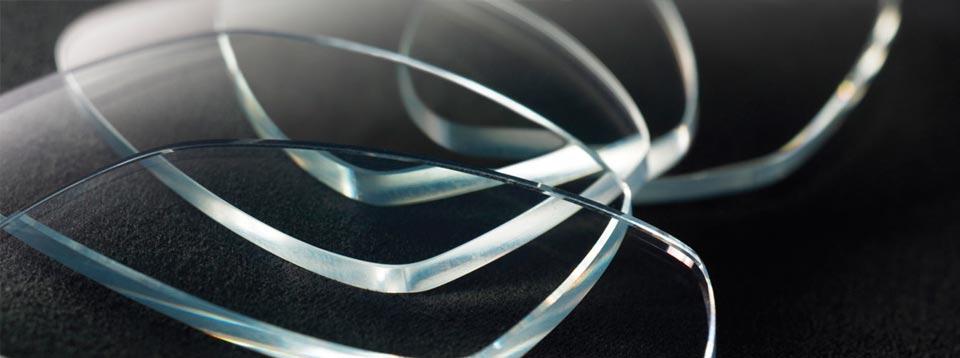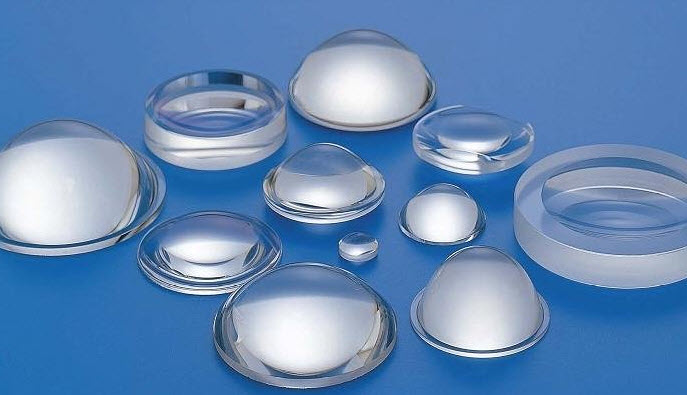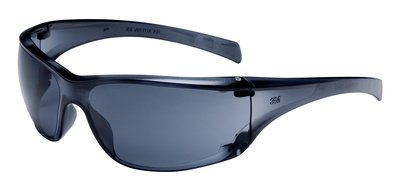As technology has become better, so have the options of corrective lenses for those suffering from less than optimal vision. In fact, innovation in the realm of eyeglass lenses has probably been accelerated with the digital age, because with so many people using computer screens all over the world, there’s bound to be problems with vision. We live in an age where we’re surrounded by technology, and the best part is that there are options for everyone. No matter the type of corrective lens you’re looking for, no matter what specific benefits you’re looking for, there’s something available out there for you, at the budget you have. So if you were wondering about the different types of eyeglass lenses available, you’ve come to the right place!

Earlier, we used to think of lenses as only made of glass. These days, it’s almost impossible to find glass lenses unless you have really old glasses or implements that use them. Gone are the days when spectacles were considered extremely delicate and high maintenance, because the new lenses in use today are far more robust and easy to use than ever. Here’s the types of lenses you can buy:
- High Index Plastic Lenses: These are lenses for people who have a very strong prescriptions, who still want to look elegant without the dreaded ‘coke bottle’ look. High index plastic lenses are lightweight, thin and very durable despite their corrective ability, and are preferred by people who need to use glasses all the time.
- Polycarbonate Lenses: Polycarbonate lenses are perfect for users who have an active lifestyle, or for kids. Since in both situations there is a risk of scratching or shattering glasses, polycarbonate lenses are the perfect fit because they don’t get scratched or break easily. Plus, they also offer up to 100% UV protection, what’s not to like?
- Trivex Lenses: An evolution of polycarbonate lenses, Trivex lenses are made from a new plastic material and provides all the advantages of polycarbonate lenses. They’re also light and durable, but are slightly thicker. However, Trivex lenses are known to be more impact resistance than polycarbonate lenses, are also offer better corrective vision for some people.
- Aspheric Lenses: Most lenses in use today are spherical, causing them to bulge out slightly and slightly magnify the user’s eyes. Aspheric lenses have a flatter curvature, bulge out less and offer better peripheral vision since the areas away from the center of the lens is not curved. They also tend to be lighter than conventional spherical lenses.

- Photochromic Lenses: They’re a type of glass or plastic lens that change from clear to tinted in sunlight and revert to clear out of it. The tint is actually instigated by UV rays, so they usually don’t turn darker in cars because the windshield and car glasses block UV rays. It’s a great option for users who want to use the same pair of glasses inside and outside the house, and don’t want to keep changing eyewear. Contrary to popular belief, they are in fact as protective as sunglasses, despite their comparatively lower tint.
- Polarized Lenses: Usually seen in sunglasses, polarized lenses completely block horizontally polarized light and thus reduce glare. They’re especially recommended for sports, driving and any activities around water, since they provide clearer vision and reduce visual discomfort. You don’t want glare to disturb you while driving, do you?
These were the types of lenses that are available today, but in addition to them, there are also lens coatings. Lens coatings provide additional benefits, and can usually be applied to eyeglasses or sunglasses at an added cost, if they don’t already provide that benefit, that is. It’s a good idea to get some coatings, but most of them are optional, and it’s up to you to decide if you need it. You will be able to find the following coatings:
- Scratch-Resistant Coating: If you think your glasses are getting tiny scratches or have a rugged lifestyle, scratch-resistant coating can reduce the damage caused to the lenses.
- Anti-Reflective Coating: Users suffering from glare should consider getting anti-reflective coating to remove glare and decrease halos around lights. It also doesn’t hurt that anti-reflective coatings look pretty cool on glasses!
- Mirror Coating: The only purely cosmetic coating, mirror coating can completely hide your eyes from anyone outside, who’d only see their reflection if they look into your glasses. You can get mirror coatings in a variety of colors as well.

- Tints: Although it may seem like a cosmetic only coating, tints are actually great because they provide visual comfort and offer changed contrasts. It depends on personal preference of course, since not everyone would prefer, say, a green tint to things, while others may find it soothing.
- UV Protective Coating: The only mandatory coating, we’d say, is UV protective coating. If your sunglasses or eyeglasses haven’t already come with UV protection, go out and get UV protective coating right now!
And that wraps up our feature on the types of eyeglass lenses available! If you’re shopping for a new pair of eyeglasses or sunglasses, make sure to go through all specifications and see if the type of lens you’re buying suits your usage and lifestyle. Happy shopping!
Image Sources
alibaba.com
multimedia.3m.com
